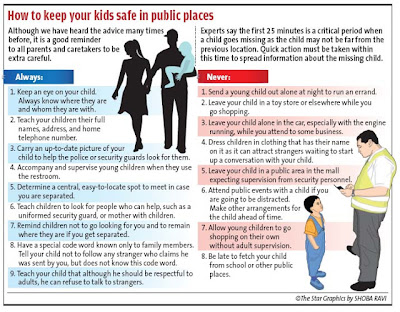JENESYS 2017 Programme - Day 2
September 20, Hotel Emion
Tokyo Bay
After breakfast, we moved to the venue for key note
lecture by chartered bus at 9.20am. Pictures below show the view that I took while on the bus.
Exactly at 10.00am, we arrived at Urayasu
Kaikan for a lecture on Japanese culture and theme related key note lecture. In
that lecture, we learned about the Japan’s postwar energy supply strategy which
we know that Japan has been heavily dependent on energy supply especially
petroleum from other countries. Moreover, we also learned about the
environmental protection in Japan whereby Japan has increased the volume of
consumption of natural resources for energy provision and also created the
environmental problem all over the nation. Besides, Japan is focusing on “renewable
energy” and trying to diversity its energy resources.
Next, we have been exposed to the emergency management
whereby there are two principles which are life saving is a top priority goal
and community and local government to be first responder. Furthermore, we also
learned that there are four phases of emergency management which are
mitigation, preparedness, response and recovery. Mitigation is an initial phase
of emergency management and can prevent or reduce losses from disaster. While
preparedness is a planning on how to respond in disaster environment which
there are training program, warning system, disaster communication system, and
contingency planning. Response is an immediate reaction to disaster whereby it
can occur sooner, if a disaster anticipated. In this phase it required mass
evacuation, securing emergency food and water, providing rescue and shelter and
restoring public order. The last phase is recovery which are activities to
return to a normal or an even safer situation from the disaster. This phase is
take place after the recovery phase and normally included the financial
assistance, mental care and also urban re-development. Moreover, we also been
exposed about the roles and limits of the Government whereby about more than
60% of disaster victims in Japan was rescued by neighbors in 1995 Kobe
Earthquake. Thus, we acquired a knowledge that we cannot depending on
government sector solely but we as a community need to help each other.
Exactly after two hours, we then moved to restaurant for
lunch by chartered bus and straight away go to our research site just with our
small group without the coordinator or supervisor.
 |
| Pasmo card is used to take subway there. |
That day, we are able to
know how to take the subway in Tokyo by using the card given named pasmo. It
was my first experience taking public transport in Japan and the schedule or
time arriving for the train is very sharp and it does not take a longer time to
our destination. The public transports there are very punctual and systematic
that should be apply to other country as well. Our group A1 arrived at The
Tokyo Rinkai Disaster Prevention Park around 1.39pm and we were given the
briefing by the staff about the disaster prevention and been experienced
ourselves on how to evacuate during the earthquake. This Disaster Prevention
Park enables everyone to experience simulated disasters, thereby increasing
their disaster knowledge and showing them what to do in case of emergency. Below are some pictures from the disaster prevention park.


































Comments
Post a Comment